Home>Ideas and Tips>Understanding Septic Systems: Maintenance And Care
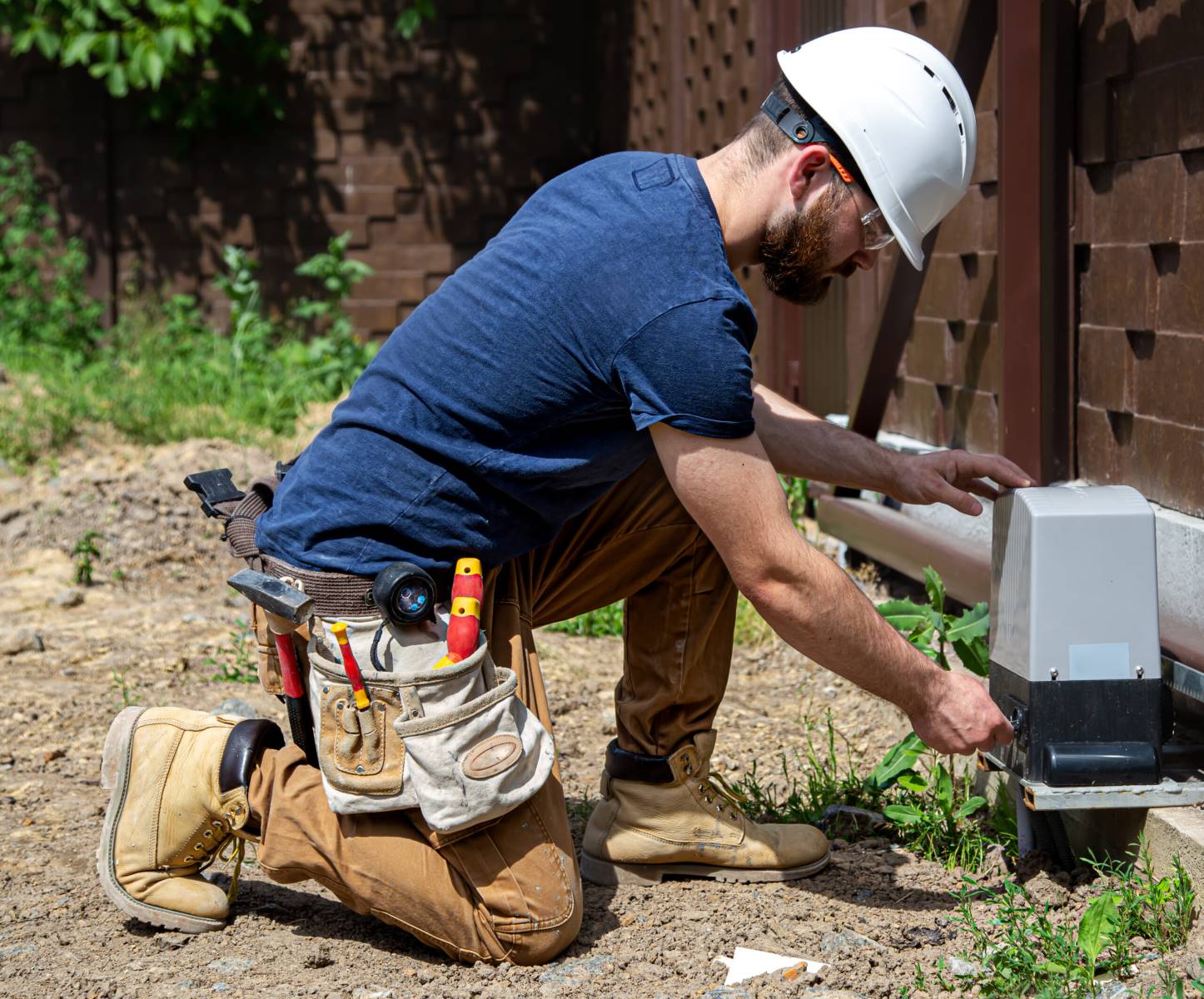

Ideas and Tips
Understanding Septic Systems: Maintenance And Care
Modified: October 28, 2024
Learn essential tips for maintaining and caring for your septic system to ensure its longevity and efficiency. Discover how to prevent common issues.
(Many of the links in this article redirect to a specific reviewed product. Your purchase of these products through affiliate links helps to generate commission for Storables.com, at no extra cost. Learn more)
Septic systems are a crucial part of many homes, especially those located in areas where municipal sewage systems are not available. These systems are designed to handle and treat wastewater from your home, ensuring that it is safely disposed of and does not contaminate the environment. However, proper maintenance is essential to keep your septic system functioning efficiently and effectively. In this article, we will delve into the world of septic systems, exploring their components, how they work, and most importantly, the maintenance and care tips you need to keep your system running smoothly.
What is a Septic System?
A septic system is a self-contained treatment process that involves a combination of tanks and pipes designed to handle and treat wastewater from your home. The primary components of a typical septic system include:
-
Septic Tank: This is the central part of the system where wastewater from your home collects. The tank is usually made of concrete, fiberglass, or polyethylene and has an inlet pipe that carries wastewater from your home and an outlet pipe that leads to the drainfield.
-
Drainfield: Also known as a leach field, this is where the treated wastewater from the septic tank is distributed through a network of perforated pipes buried in the ground. The soil acts as a natural filter, further purifying the water before it enters the groundwater.
-
Distribution Box: This is a chamber that distributes wastewater evenly throughout the drainfield. It ensures that the water is spread out over a large area to prevent overloading any one part of the drainfield.
-
Baffles: These are devices placed in the inlet and outlet pipes to prevent solid waste from entering the drainfield. They help in maintaining the efficiency of the system by preventing clogs.
How Does a Septic System Work?
Understanding how a septic system works is crucial for its proper maintenance. Here’s a step-by-step explanation:
-
Wastewater Collection: Wastewater from your home flows into the septic tank through the inlet pipe.
-
Separation in the Tank: Inside the tank, wastewater separates into three layers:
- Scum Layer: This is the top layer consisting of floating materials like grease and oils.
- Sludge Layer: This is the bottom layer consisting of solid waste that settles at the bottom.
- Effluent Layer: This is the middle layer that flows out of the tank and into the drainfield.
-
Treatment in the Tank: The effluent layer undergoes some initial treatment as it passes through the tank. Bacteria in the tank break down organic matter, but not all contaminants are removed here.
-
Distribution to Drainfield: The treated effluent flows out of the tank and into the distribution box, which then disperses it evenly throughout the drainfield.
-
Soil Filtration: As wastewater passes through the perforated pipes in the drainfield, it comes into contact with soil particles that act as natural filters. These particles absorb nutrients and contaminants, further purifying the water before it enters the groundwater.
-
Groundwater Recharge: Once treated by both the septic tank and soil filtration, wastewater can safely recharge groundwater without posing significant environmental risks.
Maintenance and Care Tips
Proper maintenance is essential for extending the lifespan of your septic system and ensuring it operates efficiently. Here are some critical tips:
1. Regular Inspections
Regular inspections by a professional plumber or septic technician are crucial for identifying potential issues before they become major problems.
- Frequency: Inspections should be conducted every 3-5 years depending on usage and system age.
- What to Check: During inspections, technicians will check for signs of failure such as cracks in pipes or tanks, excessive odors, and slow draining toilets.
2. Avoid Flushing Inappropriate Items
Flushing inappropriate items can clog your septic system or damage its components over time.
- Toilet Paper: While toilet paper is generally safe for flushing in moderation (about one roll per day), excessive amounts can cause problems.
- Wipes: Avoid flushing baby wipes, sanitary products (like tampons), or any other type of non-biodegradable material as they do not break down easily.
- Food Waste: Avoid flushing food waste like coffee grounds or eggshells as they can accumulate in the tank and cause issues.
- Chemicals: Never flush chemicals like bleach or drain cleaners as they can kill beneficial bacteria in the tank.
3. Reduce Water Usage
Reducing water usage helps prevent overloading your septic system which can lead to premature failure.
- Fix Leaks: Regularly check for leaks under sinks and toilets and fix them promptly.
- Low-Flow Fixtures: Install low-flow showerheads and toilets to reduce overall water consumption.
- Water-Saving Practices: Implement practices like taking shorter showers or turning off taps while brushing teeth.
4. Pumping the Tank
Pumping out solid waste from the tank is necessary every few years depending on usage levels.
- Frequency: Typically every 3-5 years but may need more frequent pumping if you have a large family or use a lot of water.
- Professional Assistance: Always hire a professional plumber or septic technician for this task as improper pumping techniques can damage equipment.
5. Maintain Baffles
Baffles play a crucial role in preventing solid waste from entering the drainfield but need regular maintenance themselves.
- Cleaning Baffles: Clean baffles annually by removing any accumulated debris using tools like plungers or long-handled brushes.
6. Monitor Odors
Odors around your septic system indicate potential issues that need immediate attention.
- Source Identification: Identify sources quickly; if odors persist after addressing potential causes like clogged drains or overflowing tanks, seek professional help immediately.
7. Keep Records
Keeping records helps track maintenance activities which is important for long-term planning and troubleshooting issues later on down line years ahead future times coming soon soon soon…
- Maintenance Logs: Keep detailed logs noting dates inspections performed pumping done any repairs made etcetera etcetera…
Common Issues with Septic Systems
Despite proper care many homeowners encounter common issues related septic systems here’s overview some common problems faced:
1. Clogged Pipes
Clogged pipes due accumulation solid waste grease oils etcetera can cause backups toilets sinks leading costly repairs replacements needed urgently immediately right away now today today today…
2. Tank Overflows
Tank overflows occur when capacity exceeded beyond limits causing untreated wastewater spill onto ground surface posing environmental hazards risks contamination nearby water sources aquifers wells nearby homes neighboring properties nearby areas surrounding vicinity vicinity vicinity…
3. Drainfield Failure
Drainfield failure happens when soil unable filter out contaminants properly resulting poor treatment effluent entering groundwater posing health risks consumers users inhabitants residents living nearby areas surrounding vicinity vicinity vicinity…
4. Bacterial Imbalance
Bacterial imbalance occurs when beneficial microorganisms killed off by chemicals detergents soaps cleaners etcetera disrupting natural processes breaking down organic matter efficiently effectively properly normally normally normally…
Conclusion
Understanding septics systems maintenance care crucial ensuring longevity efficiency performance overall well-being health safety environment surrounding vicinity vicinity vicinity… By following tips outlined above homeowners equipped handle common issues prevent major problems arising future times coming soon soon soon… Regular inspections avoidance inappropriate flushing reducing water usage pumping tanks maintaining baffles monitoring odors keeping records all contribute towards successful operation septics systems years ahead future times coming soon soon soon…
Was this page helpful?
At Storables.com, we guarantee accurate and reliable information. Our content, validated by Expert Board Contributors, is crafted following stringent Editorial Policies. We're committed to providing you with well-researched, expert-backed insights for all your informational needs.
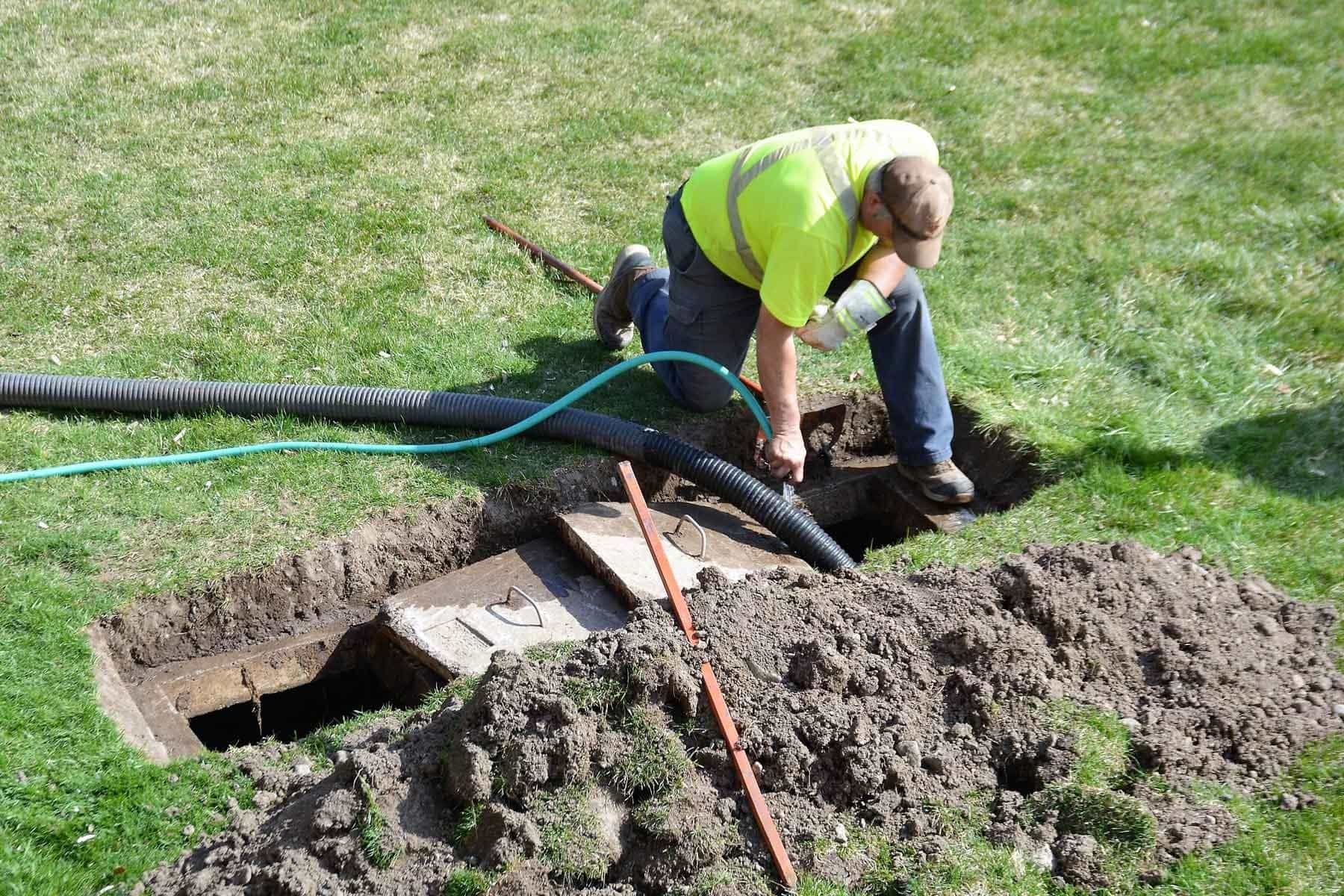
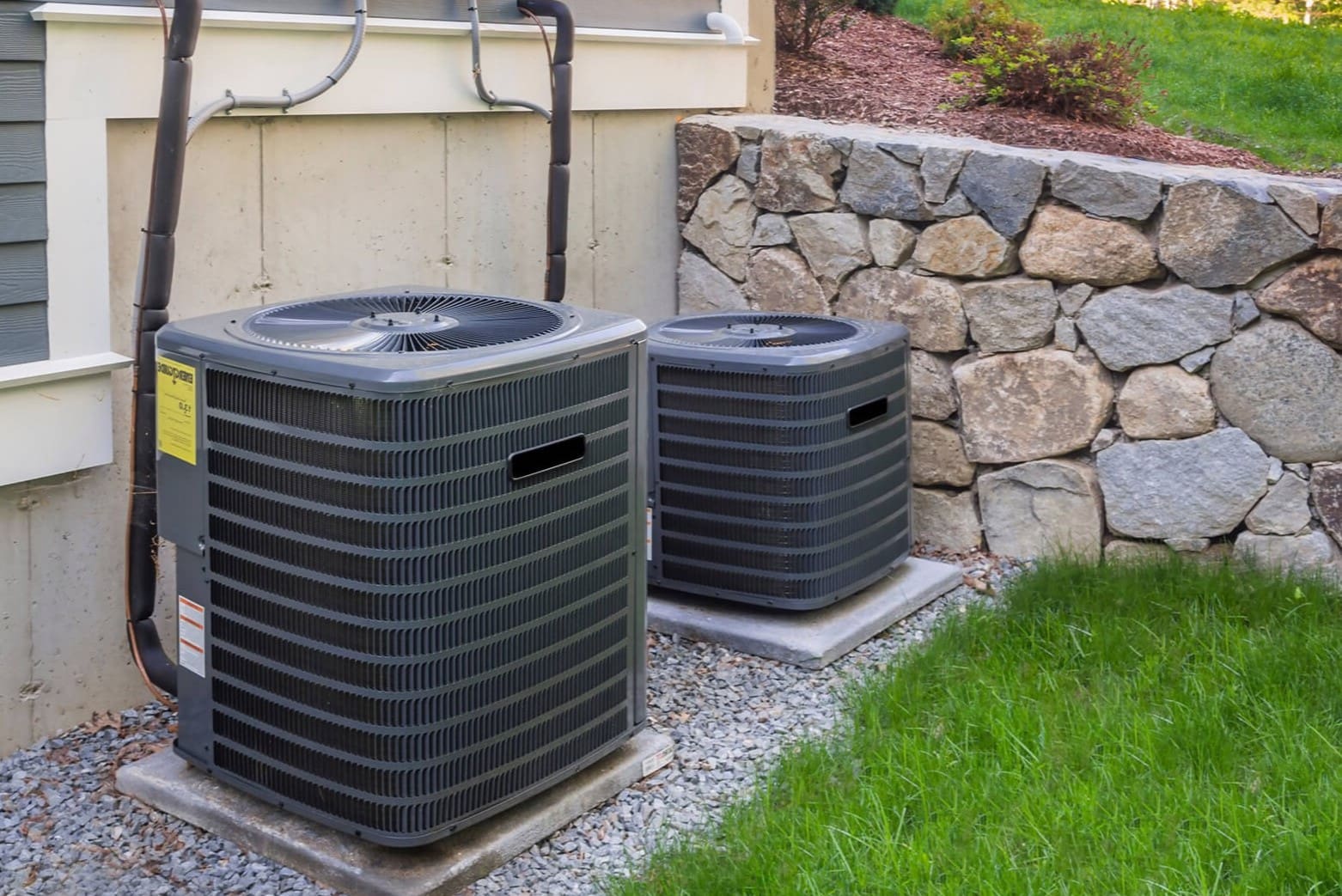
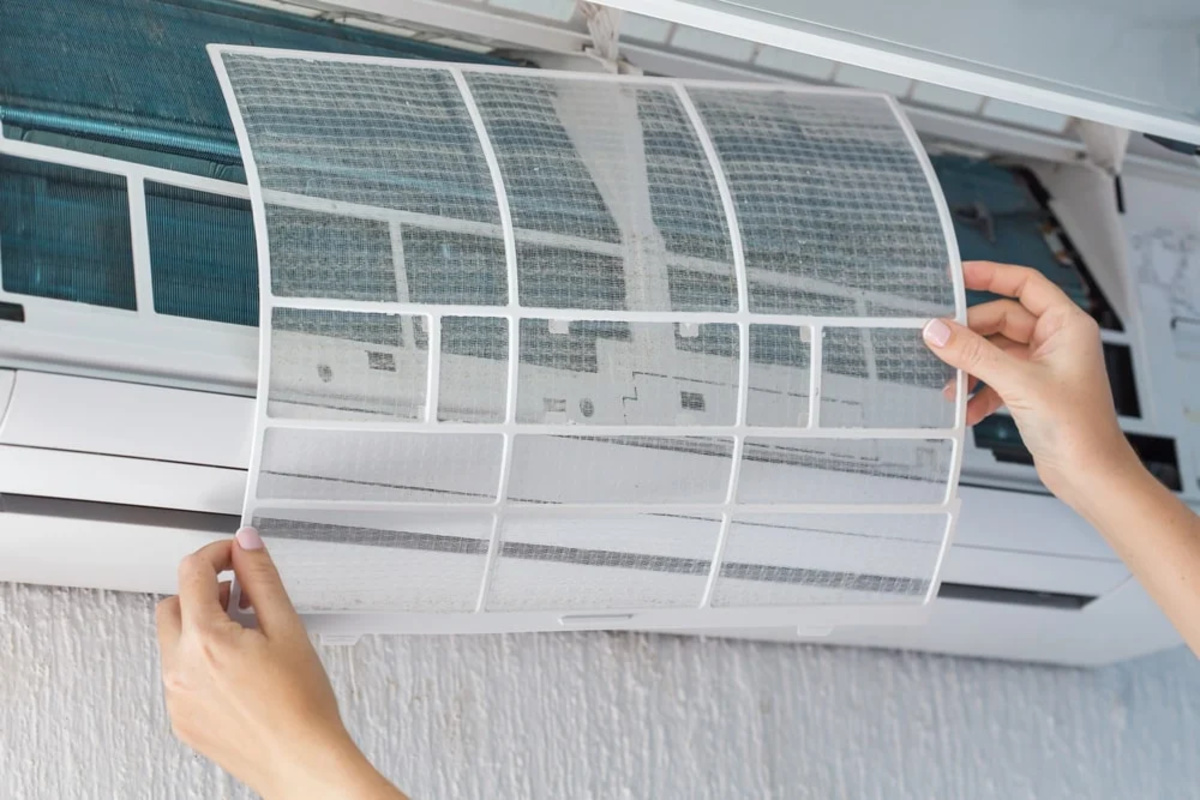
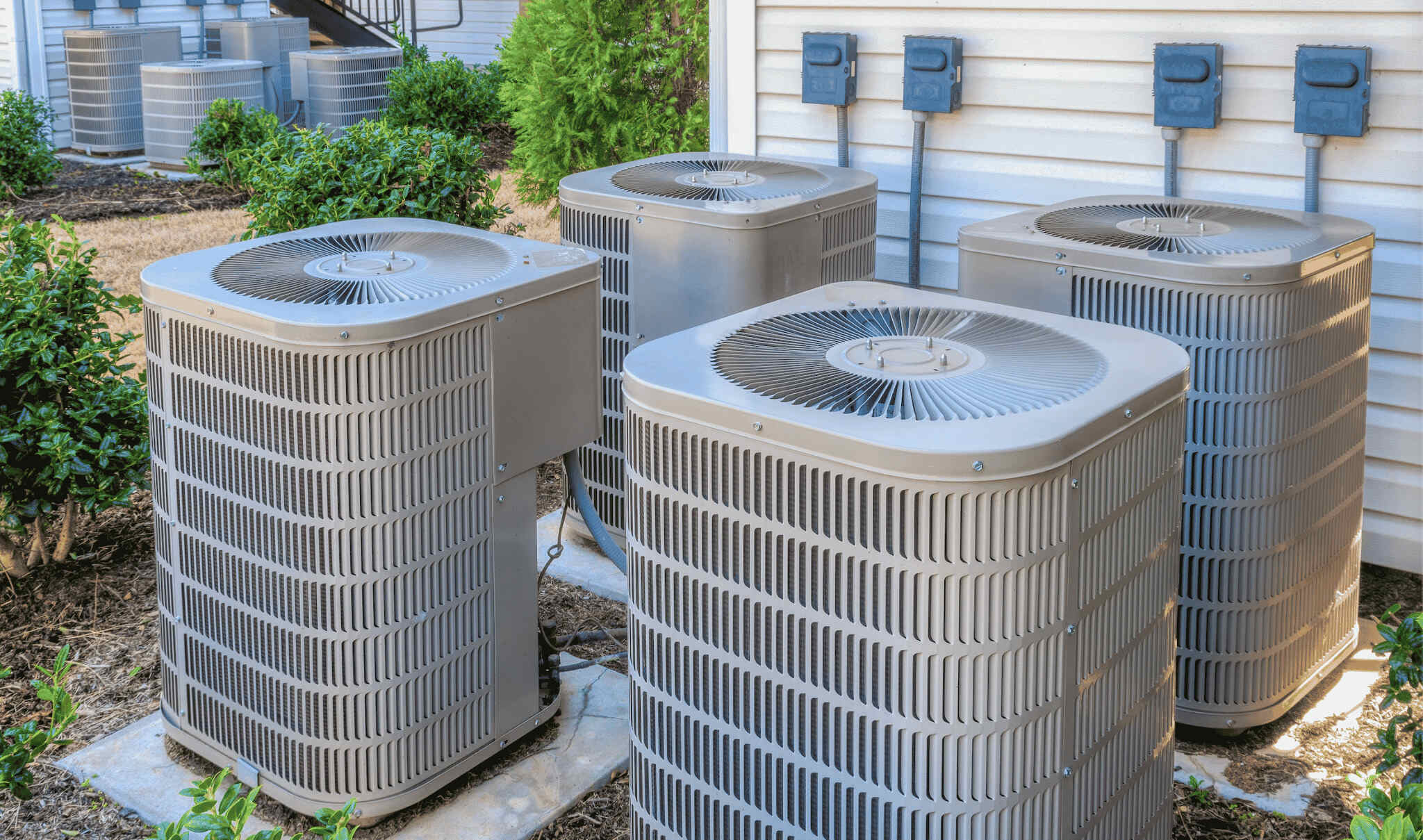
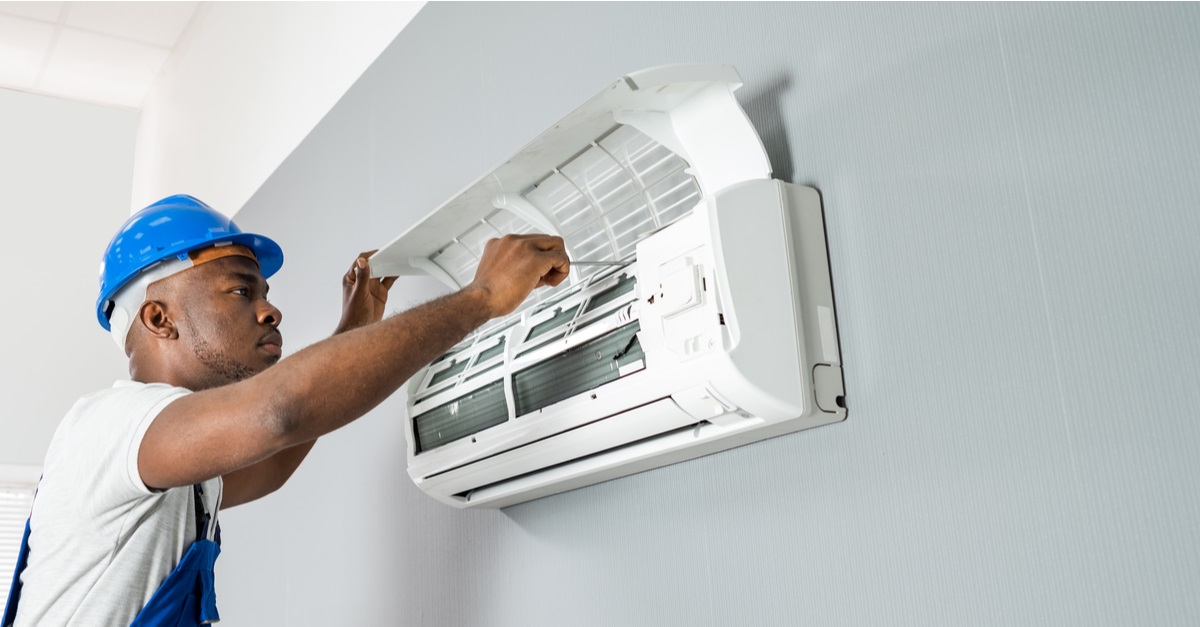
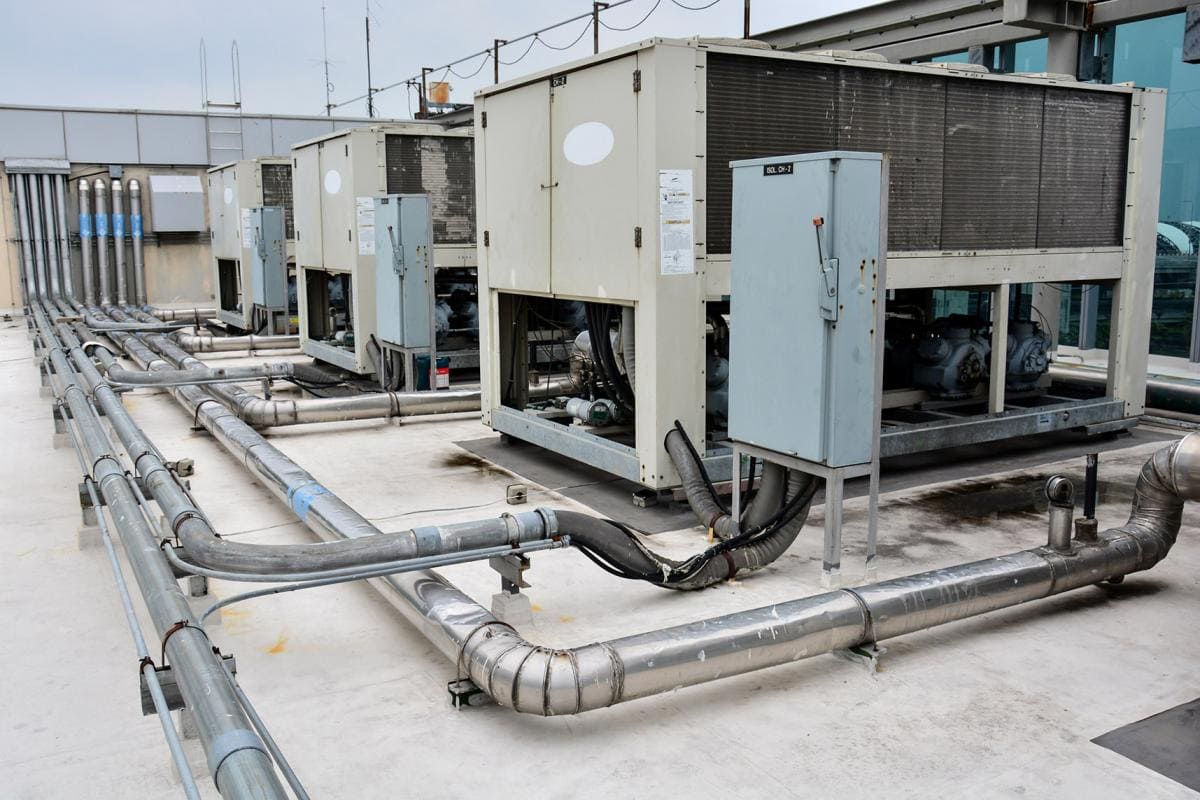
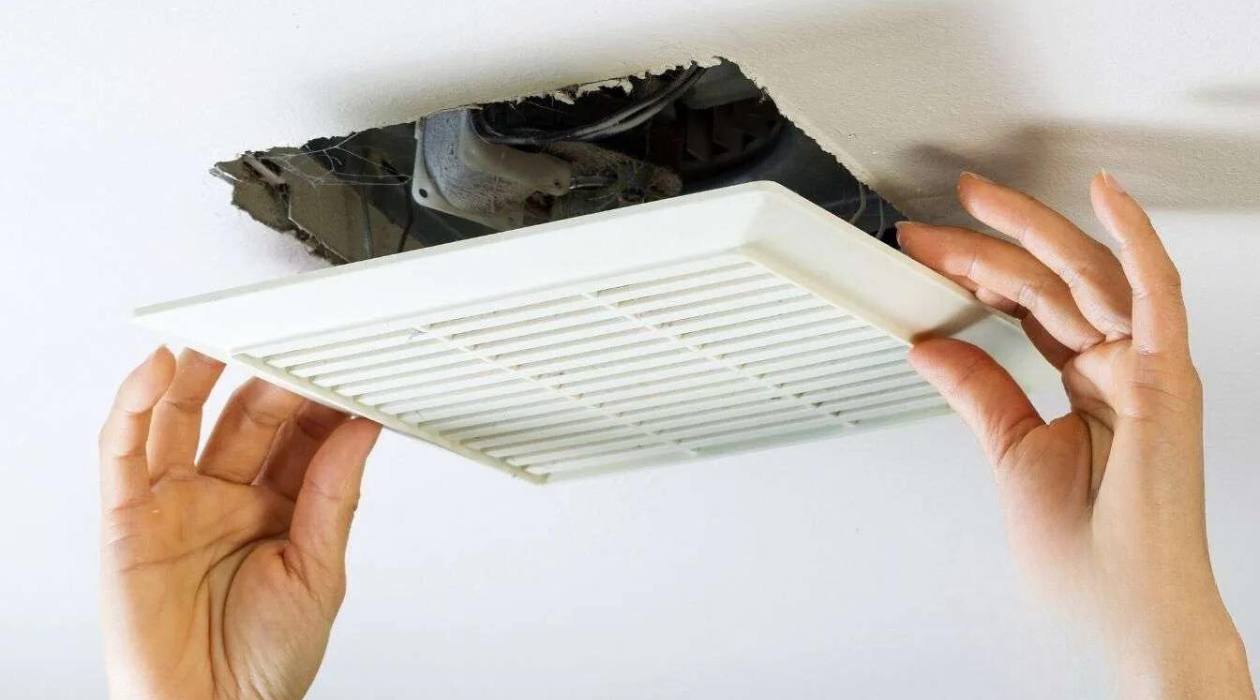
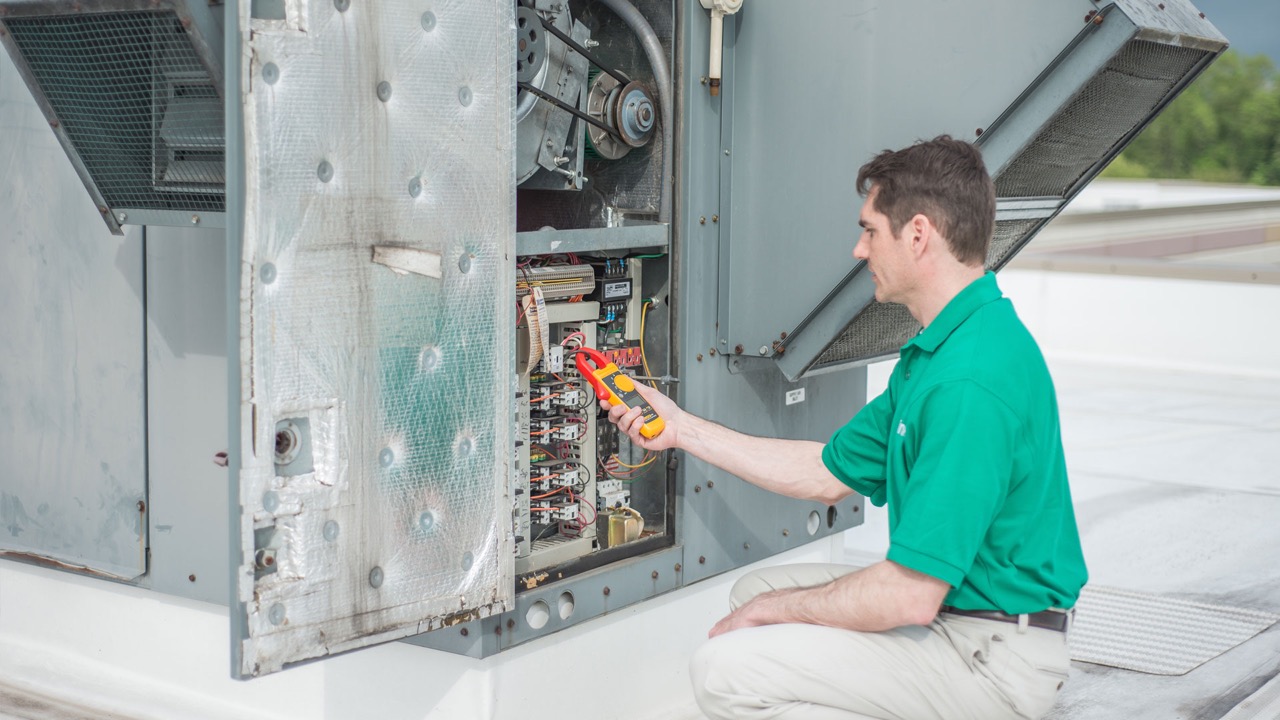
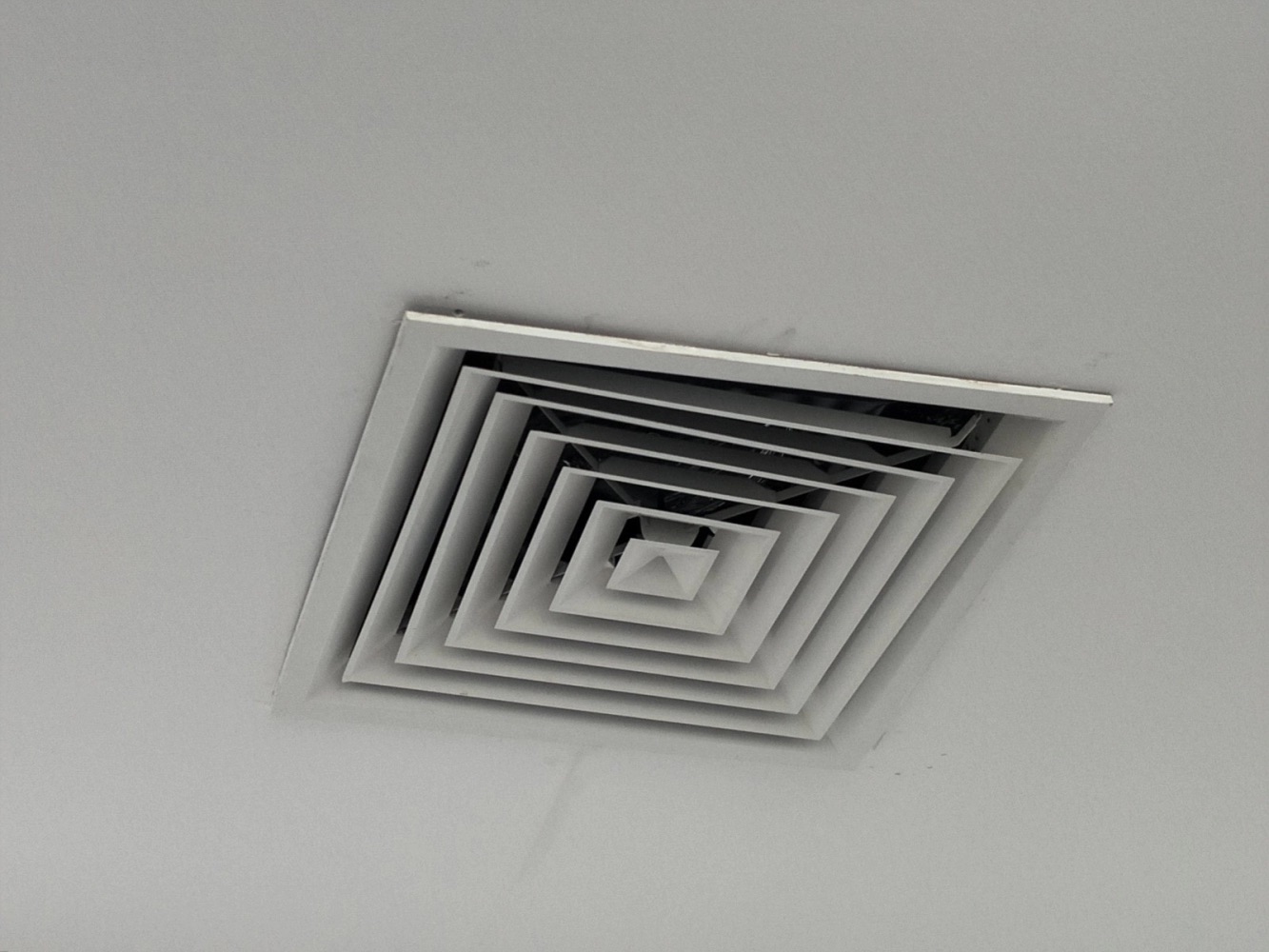
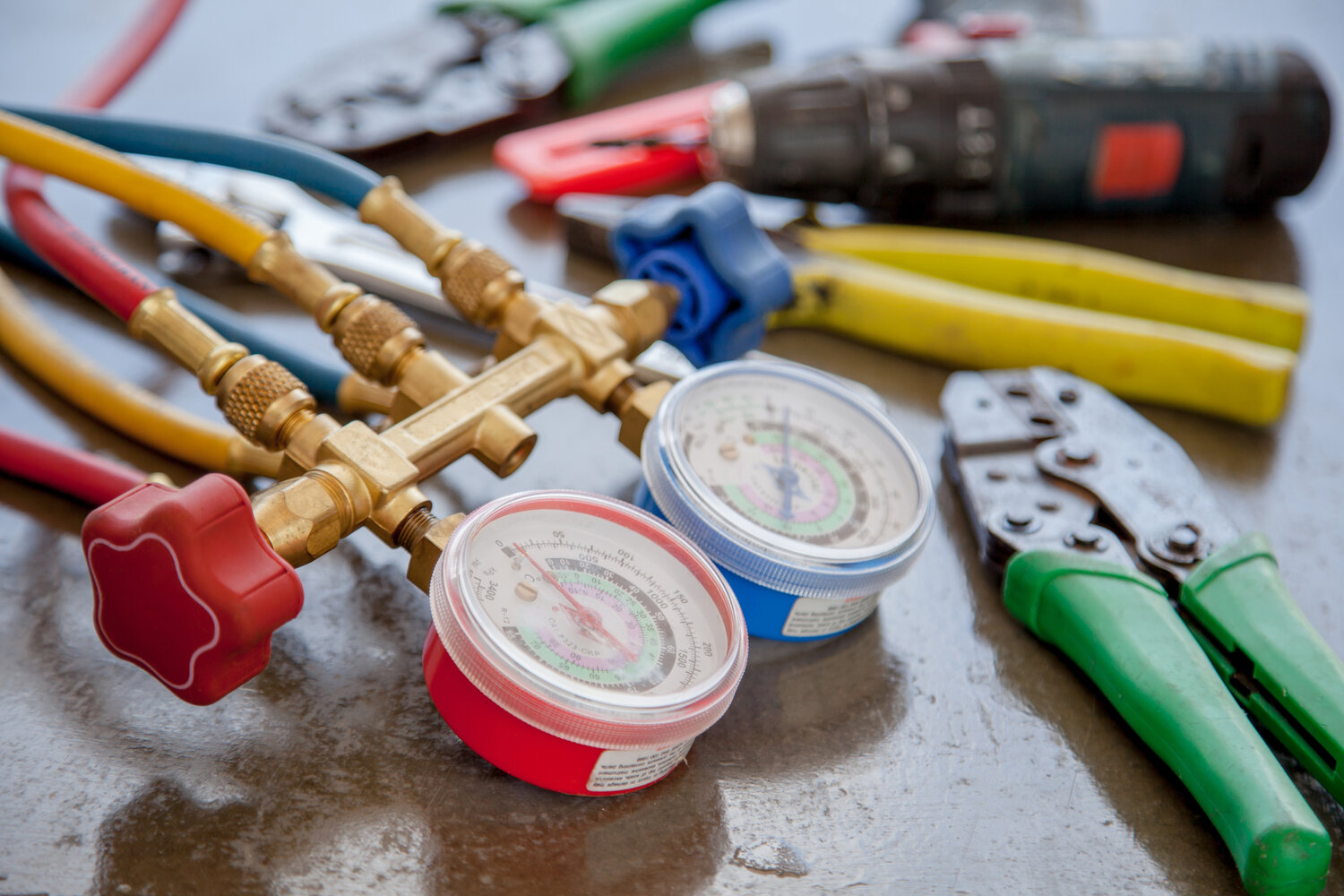
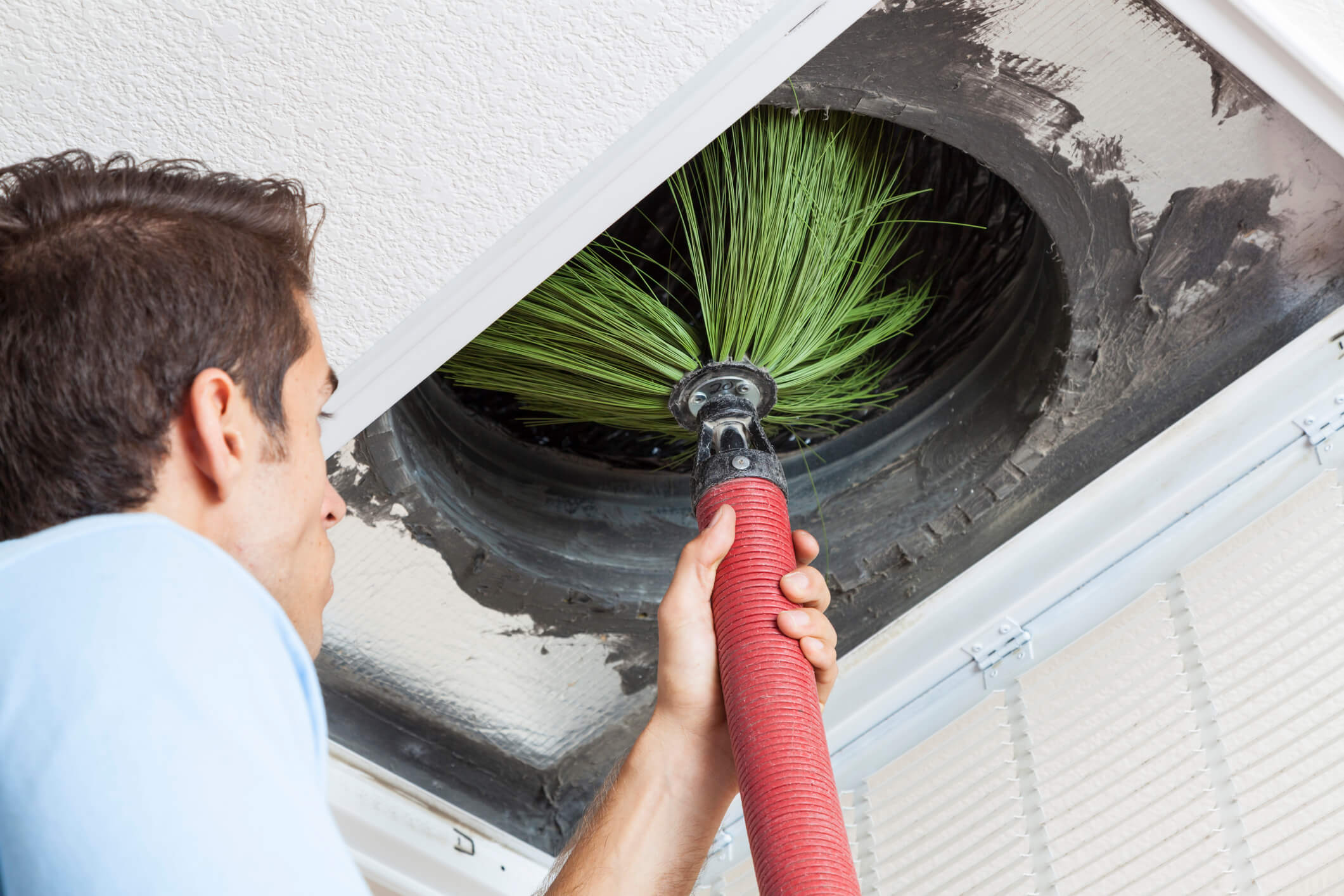
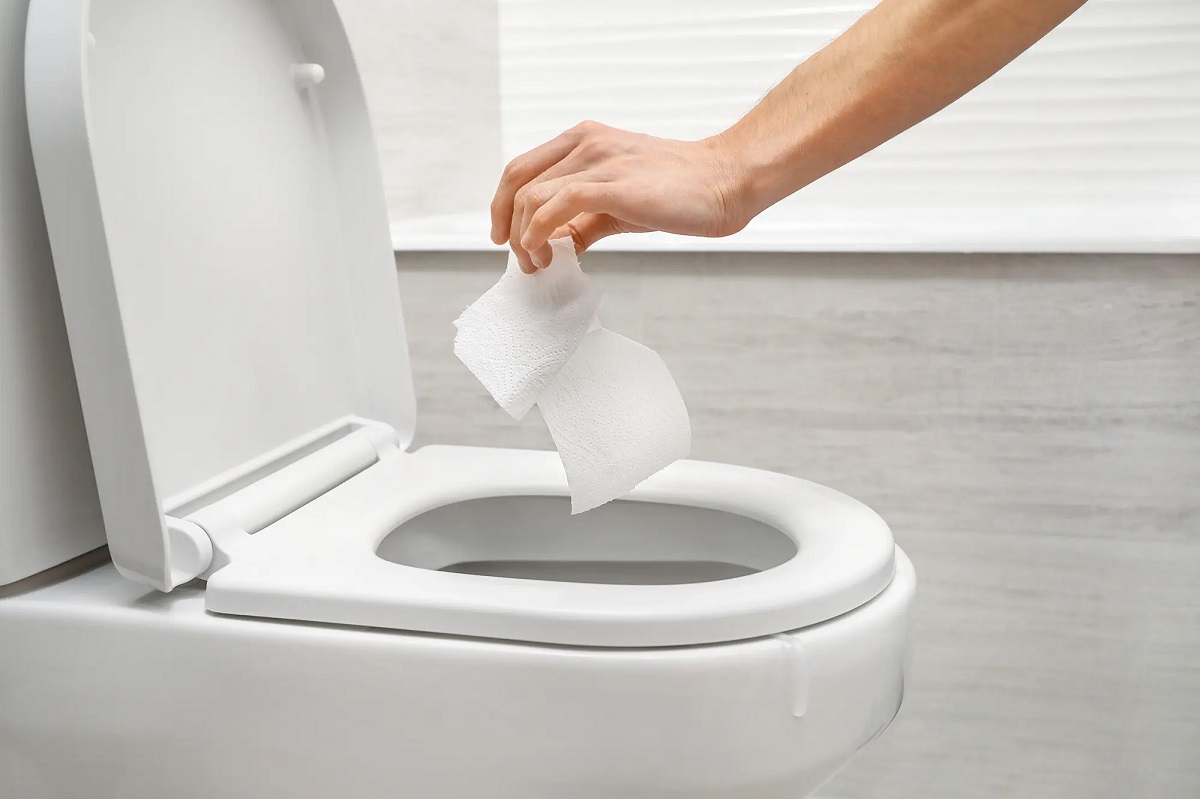
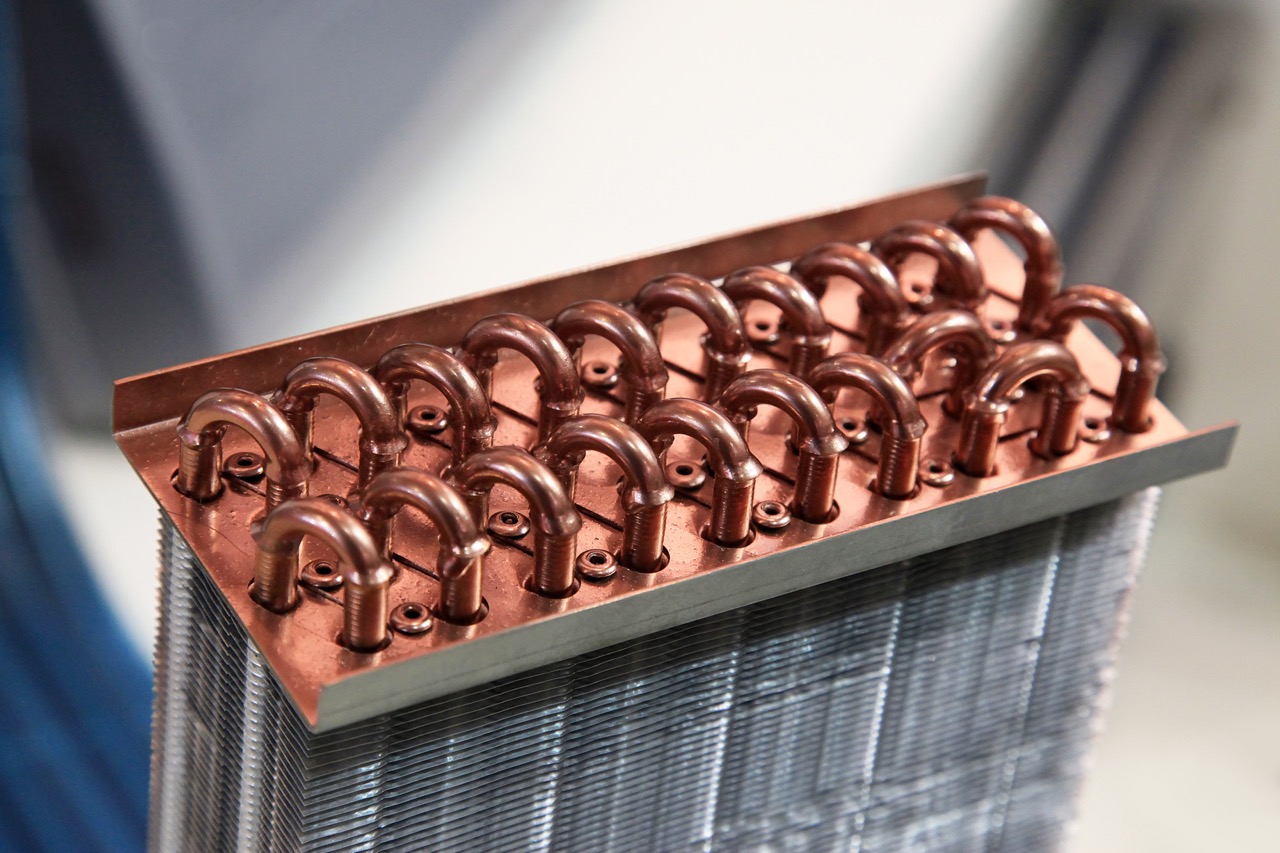
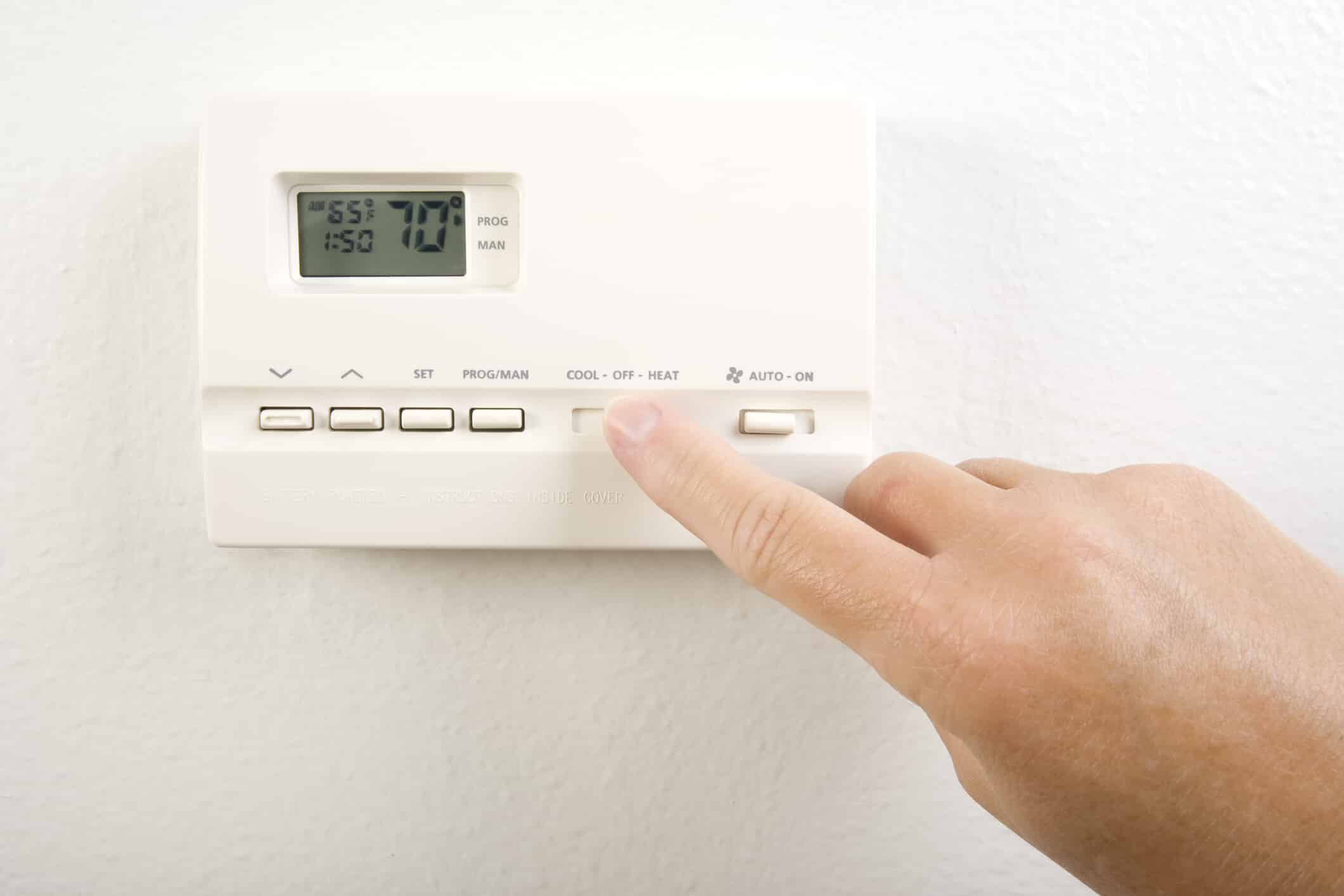


0 thoughts on “Understanding Septic Systems: Maintenance And Care”